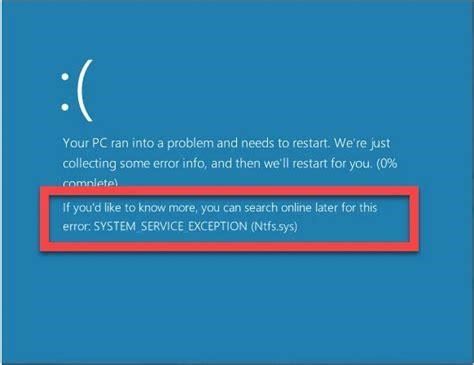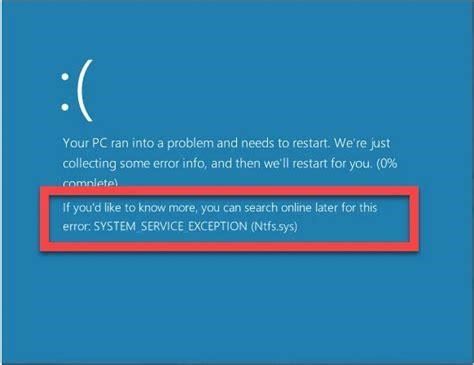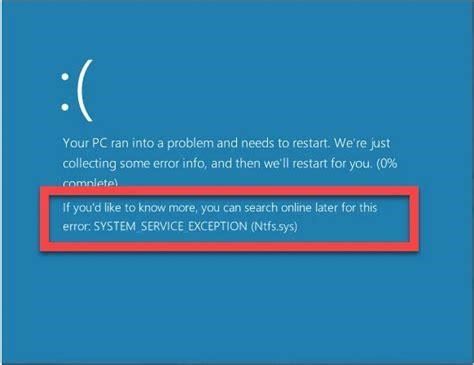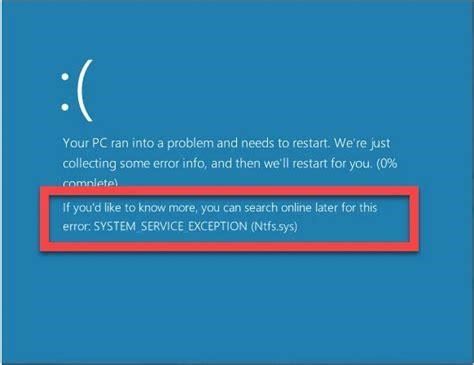Reinstalling Windows 10 on a New Drive: A Step-by-Step Guide
Transitioning to a new solid state drive (SSD) can give your Windows 10 computer a much-needed speed boost. However, reinstalling the operating system on the new drive requires some careful planning. In this guide, we’ll walk you through the entire process, from backing up your files to activating Windows on the SSD.
Step 1: Back Up Your Data
Before beginning any hardware upgrades, it’s essential to back up your important files. This includes documents, photos, videos, and any other irreplaceable data. We recommend using an external hard drive or cloud storage service for the backup.
Once your files are safely stored elsewhere, you can move forward with switching out the old drive. Make sure to keep the backup nearby during the Windows reinstallation, in case you need to access any files.
Step 2: Create Windows 10 Installation Media
To perform a clean install of Windows 10 on your SSD, you’ll need bootable installation media. The easiest way to get this is by using the Media Creation Tool from Microsoft.
Do I need a license to install Windows 10?
Before updating, please refer to the Windows release information status for known issues to confirm your device is not impacted. To get started, you will first need to have a license to install Windows 10. You can then download and run the media creation tool. For more information on how to use the tool, see the instructions below.
Can you buy Windows 10 without activation?
It just works. Even better, Microsoft makes buying Windows 10 through an un-activated copy very easy with a mere Store purchase. You do not even have to leave the house. It is a strange new world if you enjoy Windows, but a much more user-friendly one too.
Simply download the tool, run it, and follow the prompts. You can create either a bootable USB flash drive or DVD with the latest version of Windows 10. Be sure to select the same edition of Windows that you currently have installed (Home or Pro).
If you need to find your current version, go to Settings > System > About. Look for the “Edition” entry.
Step 3: Install the SSD and Boot from Media
Once you’ve created your bootable Windows 10 installation media, it’s time to open up your computer, install the SSD, and get ready to boot from the media.
First, install the new SSD by referencing your computer’s documentation or support website. In most cases, this involves identifying the drive bay, removing the old hard drive, sliding the SSD into position, and securing it.
With the SSD installed, insert your bootable USB or DVD and restart your computer. As it’s booting, press the appropriate key to bring up the boot menu (F12, F8, F10, Esc etc., depending on your system). Select your installation media to boot from it.
Step 4: Perform a Clean OS Install
You’ll be greeted by the Windows 10 setup screen. We recommend choosing “Custom Install” rather than “Upgrade Install,” as a clean install will give you the best experience on your new SSD.
Do I need a product key to install Windows 10?
Perhaps one of the little unknown secrets about a Windows 10 installation is that you do not need to use a product key during the process. Oh, Windows 10 prompts you for it, twice in fact. However, in both cases you can hit the little ‘ Skip for now ‘ button and let Windows 10 install. It is tiny, but it is there. So what happens? Nothing.
Can I upgrade to Windows 10 on a new PC?
An upgrade can take place on your existing device, though Microsoft recommends using Windows 10 on a new PC to take advantage of the latest features and security improvements. This FAQ is intended to answer questions about upgrading to Windows 10.
Can I install Windows 10 on a home-built PC?
Specifically, by the demo I mean near fully functional OS that you can install anywhere to try out. This ability means you can download the Windows 10 ISO right from Microsoft and install it on a home-built PC, or any PC for that matter. Even Mac users can do this and install the OS using Bootcamp (more on this later).
Work through the subsequent prompts, taking care to select your new SSD when asked where to install Windows. Since this is a clean install, you can skip any product key entry screens.
Windows will automatically activate post-install using your computer’s existing digital license. As long as you install the same edition as before, you won’t need to purchase or enter a new product key.
Let the installation complete, which may take 15-30 minutes. When your new Windows 10 desktop loads, you’re all set! Be sure to reinstall any applications and restore your data from backup.
Additional Tips for a Smooth Install
Here are a few other pointers to help ensure an optimal Windows reinstallation on your new SSD:
-
Disconnect your old hard drive before booting from media. This prevents any confusion around where to install Windows.
-
If you have a retail Windows key, you may need to contact Microsoft support post-install to reactivate.
-
Use Microsoft’s activation troubleshooter if Windows fails to activate automatically.
-
Install the latest Windows updates after setup completes.
-
Check that Windows is properly activated in Settings under Update & Security.
Does changing hard disks affect Windows 10 activation?
Though the Microsoft Answer Desk said that changing hard disks will not affect your activation, I recommend checking it out. To check Windows Activation status, open Settings > Activation. You can see the status of Activation there. If it says Windows 10 is not activated, click on Activate Now. That should fix the issue.
Why does Windows 10 ask for a license key?
Make sure the version installed is same as it was previous. For example, if it was Windows 10 Home, you need to install Windows 10 Home only not Windows 10 Pro. If at any point during installation it asks for the key, choose you will do it later on / skip. Was this reply helpful? License is usually tied to motherboard, not hard drive.
How do I install Windows 10 if I don’t have a key?
Click Install Now. It’s in the middle of the window. Enter your Windows 10 key, then click Next. If you don’t have a Windows 10 key, instead click Skip in the bottom-right corner of the screen. If you’ve already installed Windows 10 on this PC and were signed in with your Microsoft account, your key should be linked to your account.
Do I need to buy Windows 10 to reinstall Windows 10?
You do not need to purchase windows 10, because you have previously had windows 10 installed and activated on that device, you can reinstall windows 10 anytime you wish. Replacing the HDD is not considered a major hardware change and will not affect the windows 10 license.
Ready for a Speed Boost?
Upgrading to an SSD provides one of the best performance improvements you can make. This simple upgrade can dramatically speed up boot times, application launches, and data transfers. Just follow our step-by-step walkthrough for moving Windows 10 over to your new drive.
Let us know in the comments if you have any other tips for ensuring a smooth reinstallation process! And if you found this guide helpful, don’t forget to share it with fellow Windows users.
References
- https://superuser.com/questions/1307469/reinstalling-win10-to-different-hard-drive-how-do-i-activate
- https://community.spiceworks.com/topic/2118473-windows-10-digital-license-no-longer-activates-after-hard-drive-change
Does replacing HDD affect Windows 10 license?
Replacing the HDD is not considered a major hardware change and will not affect the windows 10 license. To get the best install, with fewest issues, use the media creation tool to create bootable media and clean install windows 10. make sure to get the same edition of windows 10 (home, pro, etc.) that is currently installed.
How do I add a Microsoft account to Windows 10?
Go to source Head to Settings > Update & Security > Activation from the current installation—if the activation status says Windows is activated with a digital license, click Add an account and follow the on-screen instructions to link your Microsoft account.




